Summary
The lake is primarily stocked with rainbow trout, and other fish species such as bluegill, bass, and catfish can also be found. Nearby activities include hiking, camping, picnicking, and boating. Fishing tips include using bait such as worms or power bait and targeting areas around the dam or inlet. The best time to visit is from spring to fall, with average temperatures ranging from 60-85°F.
Fish Species
Nearby Fishing
Weather Forecast
Nearby Streamflow Levels
Angling Safety Guidelines
Check local fishing rules, seasons, size limits, and license requirements to ensure legal and sustainable angling.
Handle Fish Responsibly
Use wet hands, minimize air exposure, and release fish gently to improve survival rates when practicing catch-and-release.
Choose the Right Gear
Match your rod, line, and tackle to the species and conditions to increase success and reduce unnecessary harm to fish.
Respect the Waterway
Avoid disturbing habitat, prevent bank erosion, and keep a safe distance from spawning areas to protect ecosystems.
Keep It Clean
Pack out all line, hooks, bait containers, and trash—discarded gear can injure wildlife and degrade waterways.
Related Links
Area Campgrounds
| Location | Reservations | Toilets |
|---|---|---|
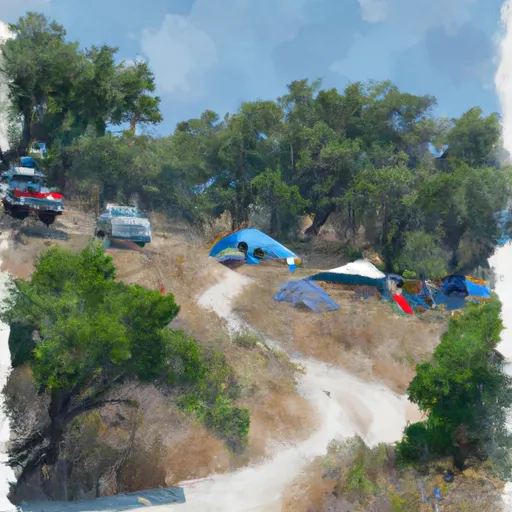 Honn Campground
Honn Campground
|
||
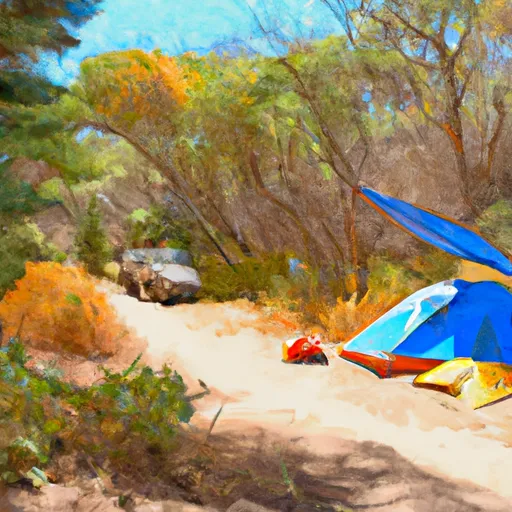 Honn Creek
Honn Creek
|
||
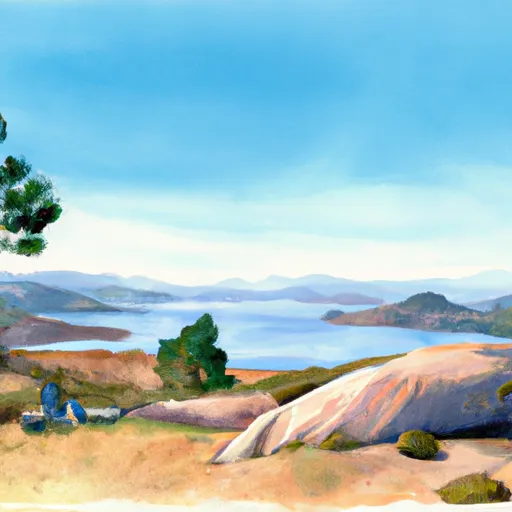 North Battle Creek Reservoir
North Battle Creek Reservoir
|
||
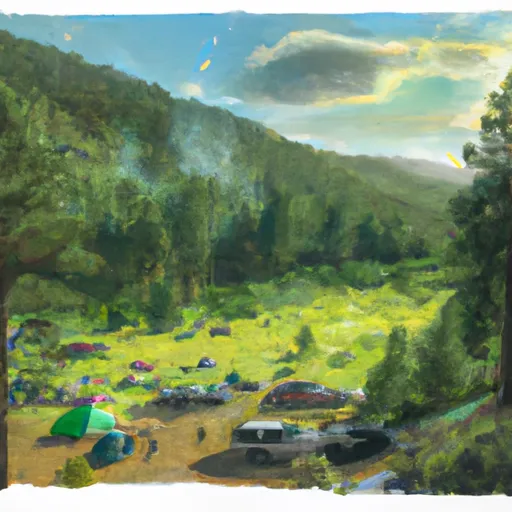 Hat Creek Group Camp
Hat Creek Group Camp
|
||
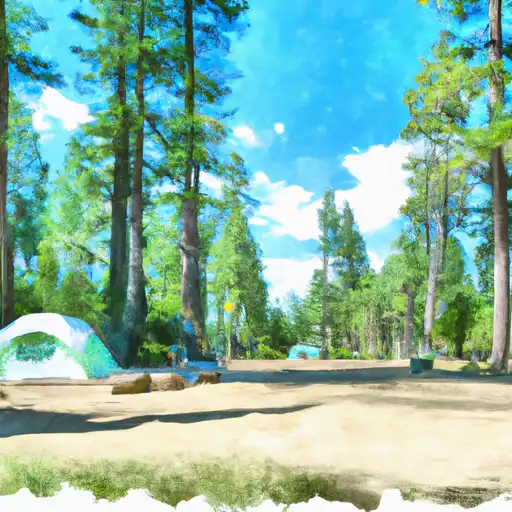 Hat Creek
Hat Creek
|
||
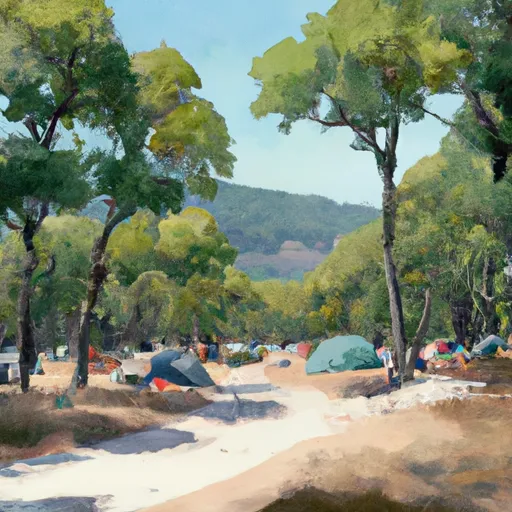 Hat Creek Campground
Hat Creek Campground
|

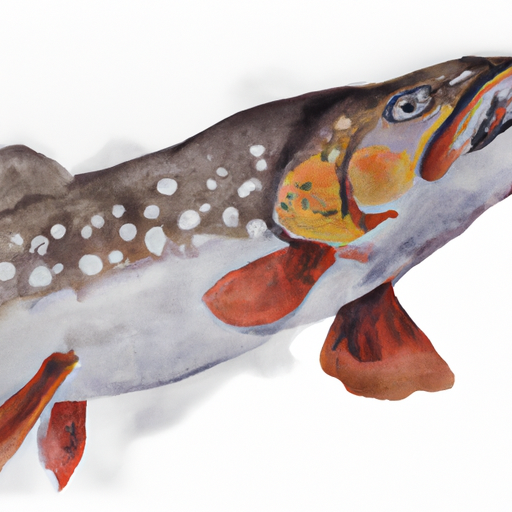 Brook Trout
Brook Trout
 Brown Trout
Brown Trout
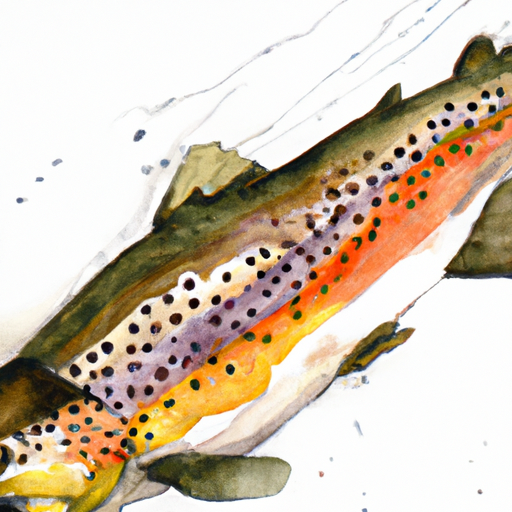 Cutthroat Trout
Cutthroat Trout
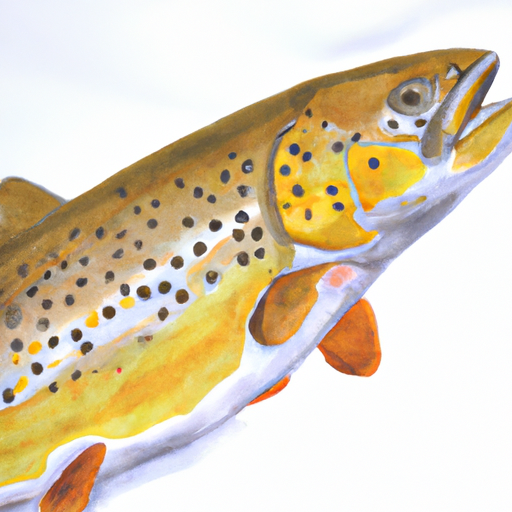 Golden Trout
Golden Trout
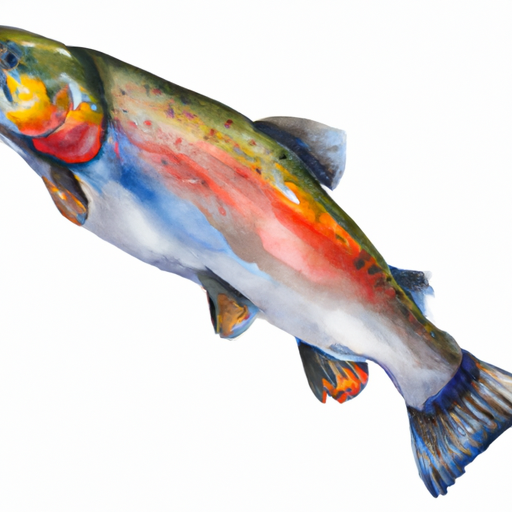 Rainbow Trout
Rainbow Trout
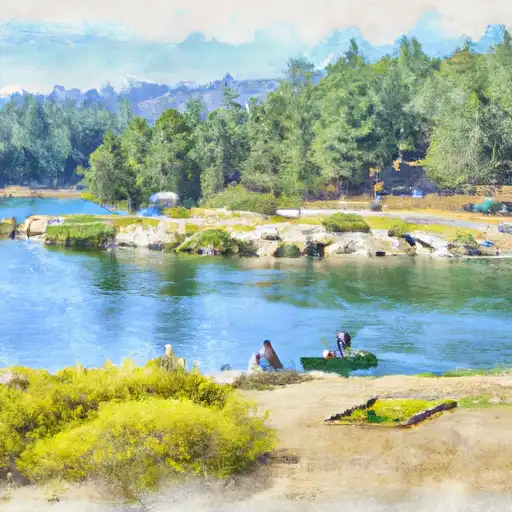 Durbin Lake
Durbin Lake
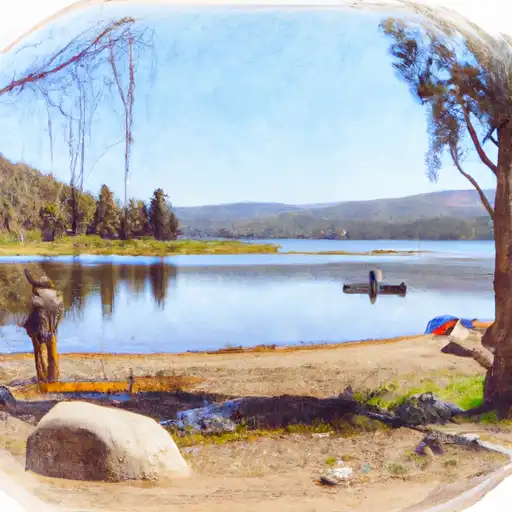 Lake Eiler
Lake Eiler
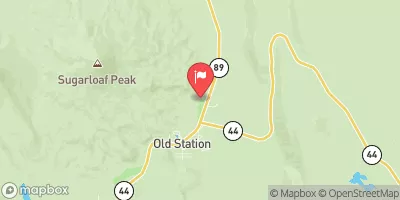
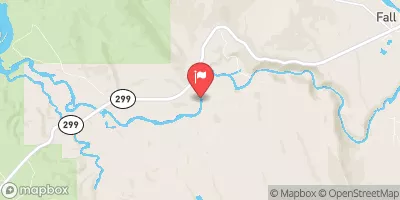
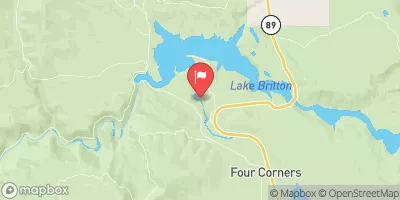
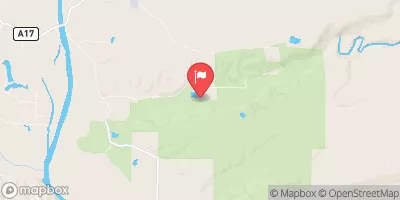
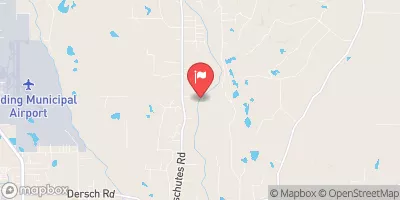
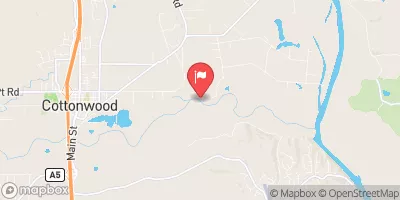
 North Battle Creek
North Battle Creek